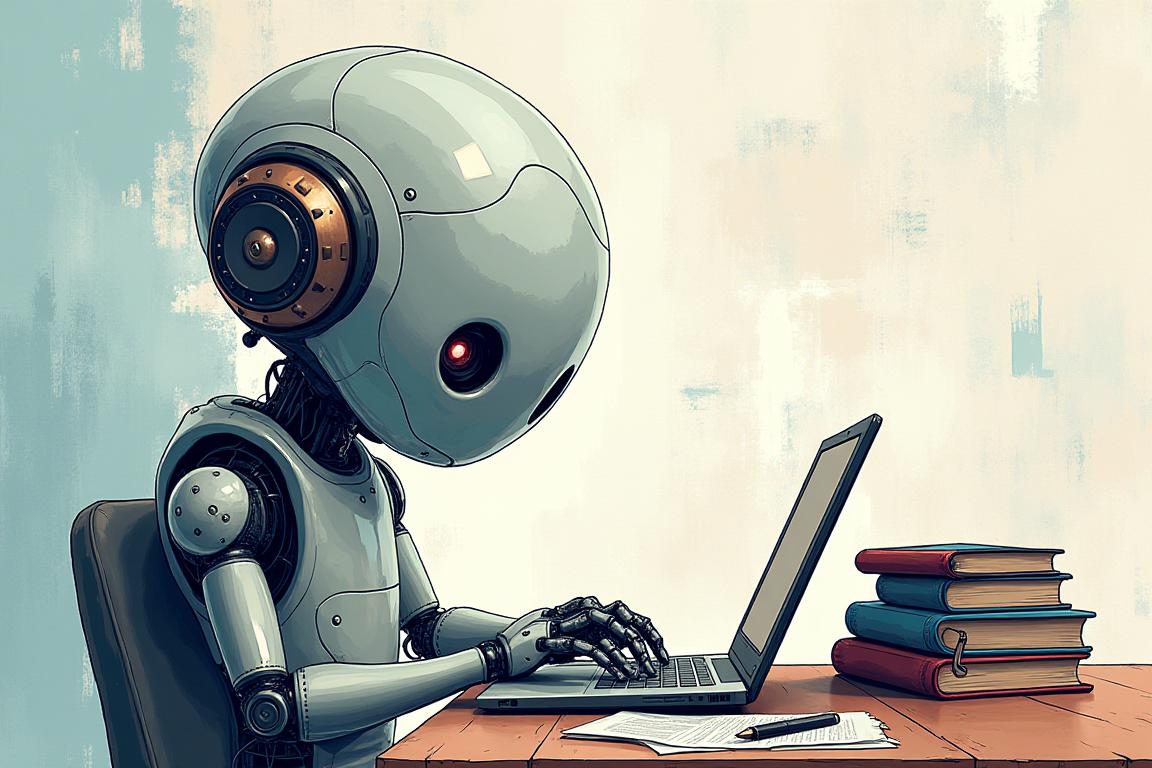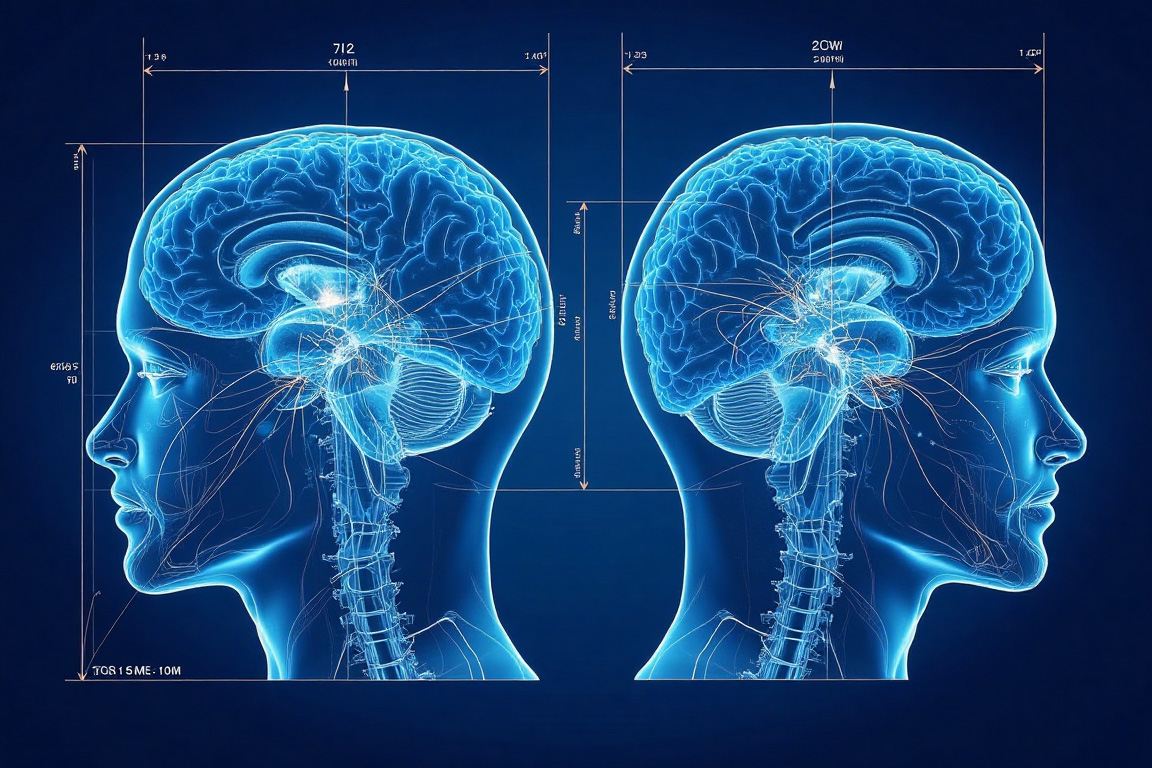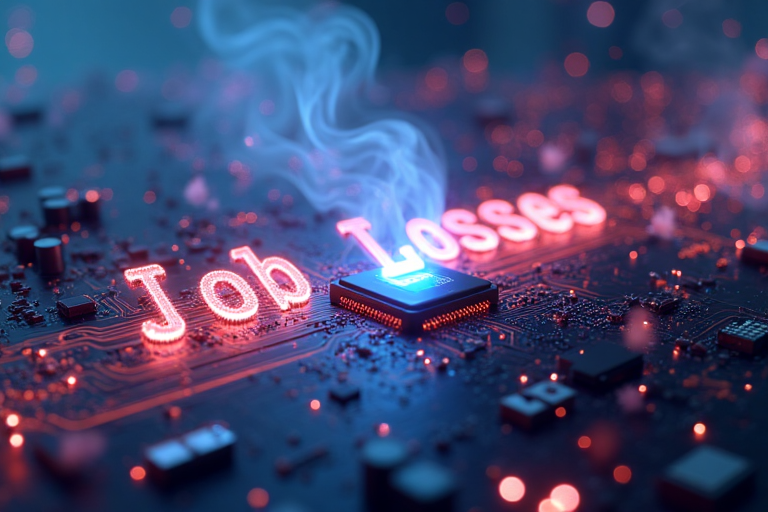You're not paranoid: your boss is looking to fire you.
Top executives at major companies are beginning to speak more openly about the impact of Artificial Intelligence on jobs. Leaders from firms such as Amazon, JPMorgan, and Ford have predicted significant reductions in white-collar roles as AI becomes more integrated into business operations. Some forecasts suggest workforce cuts ranging from 10% to 50%, particularly in industries like banking, e-commerce, and manufacturing.
Dario Amodei, CEO of AI firm Anthropic, has warned that up to half of all entry-level positions could disappear within five years. He suggests this could push the U.S. unemployment rate to between 10% and 20%. These comments mark a shift from earlier, more cautious statements, signalling a broader and more direct conversation about how AI may reshape the workforce.
Microsoft has announced 9,000 job cuts, or nearly 4% of its global workforce, in its second major round of layoffs this year. The move brings total job losses in 2025 to over 15,000, following earlier cuts in May and June. The company says the reductions are part of a broader restructuring aimed at streamlining operations and shifting focus towards artificial intelligence and cloud computing. Despite strong financial results, Microsoft is reallocating resources to support its £80 billion AI investment for the fiscal year, and the cuts have hit divisions like Xbox, with project cancellations and studio closures, reflecting wider industry trends.

Which jobs are most at risk?
A growing number of job categories are under threat as artificial intelligence continues to reshape the workplace. Among some of the more explicit warnings, Ford’s CEO Jim Farley has said half of all white-collar workers in the U.S. could be replaced by AI. Similarly, AI is increasingly automating routine tasks across a wide range of sectors. In banking, algorithms are handling data analysis and transactions, with Marianne Lake from JPMorgan expecting a 10% reduction in some departments. Entry-level positions are particularly vulnerable, with concerns that AI is replacing roles that are easy to enter but hard to replace with equivalent opportunities.
Elsewhere, E-commerce giants like Amazon are using robotics to streamline logistics, while manufacturing continues to adopt AI-driven automation on production lines. Administrative and HR roles are also being affected, with IBM reporting that AI now handles 94% of routine HR tasks. Customer service, copywriting, analytics, and even legal research are being taken over by tools like GPT-4, while fast food and retail sectors are rolling out kiosks and robotic systems to reduce staffing needs.
The impact is particularly being felt in graduate employment, where job listings have dropped sharply. Roles once filled by recent university leavers—such as research, summarising and data handling—are now being done by AI. While experts note that AI will create new roles and boost productivity, these jobs often require advanced skills, creating a mismatch for those entering the workforce. Even professions such as journalism and psychology are seeing AI take on support tasks, raising questions about how workers can adapt in an increasingly automated world.
Is innovation driving the change - or risky investments?
Yet this not be a simple case of tech innovation leading to industry transformation, with other factors having a major role to play. The cuts announced by Microsoft are a case in point.
Microsoft has committed an estimated $80 billion to artificial intelligence infrastructure for the 2025 fiscal year, marking one of the largest investments of its kind. The funding is being directed towards building large-scale data centres and training advanced AI models as the company positions itself at the forefront of the AI race. This strategic shift is driving major changes across Microsoft’s workforce, including a wave of job cuts aimed at reallocating resources to support its AI ambitions.
Not all is as clear cut as it first seems, however, with some commentators remarking that such massive investments coming at a time when the US economy is looking increasingly shaky could be making investors nervous. When you've spent $80 billion, those same investors will want to see job cuts elsewhere, and that bigger economic trends may also be driving these particular job cuts in the tech sector.
Nonetheless, Microsoft is actively reshaping its workforce as it shifts towards artificial intelligence, hiring specialists in machine learning and data analytics while phasing out other traditional programming and service roles. The shift reflects a growing demand for technical expertise and a decline in entry-level opportunities, as the company prioritises innovation and long-term growth. Divisions such as Xbox have been hit particularly hard, with cancelled projects and studio closures signalling a broader realignment of corporate priorities. Microsoft’s strategy mirrors a wider trend across the tech industry, where firms like Meta and Amazon are cutting jobs while investing heavily in AI to stay competitive. AI is causing a shift in trends, but declines in the car or computing markets owe as much to Chinese competition and the impact of US government actions as they do to the implementation of AI.
This article was co-created with AI.


